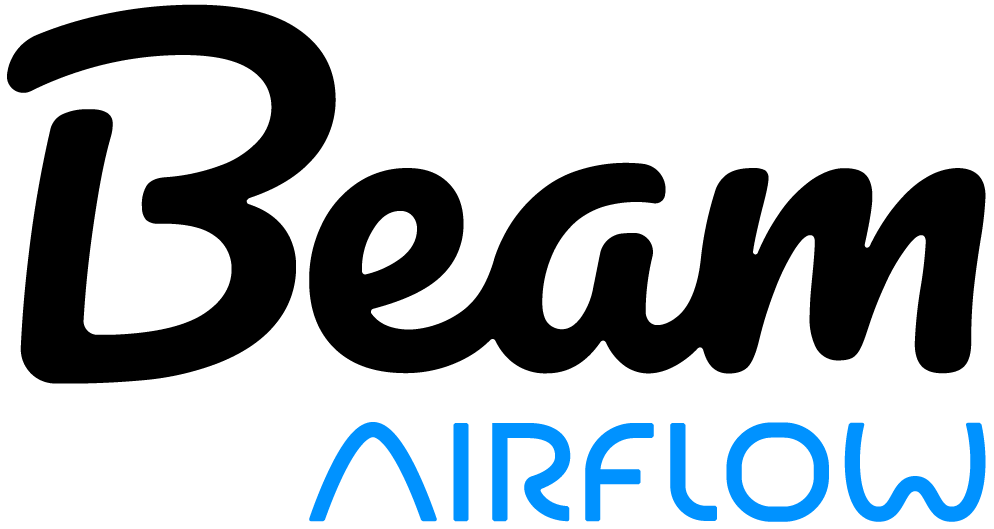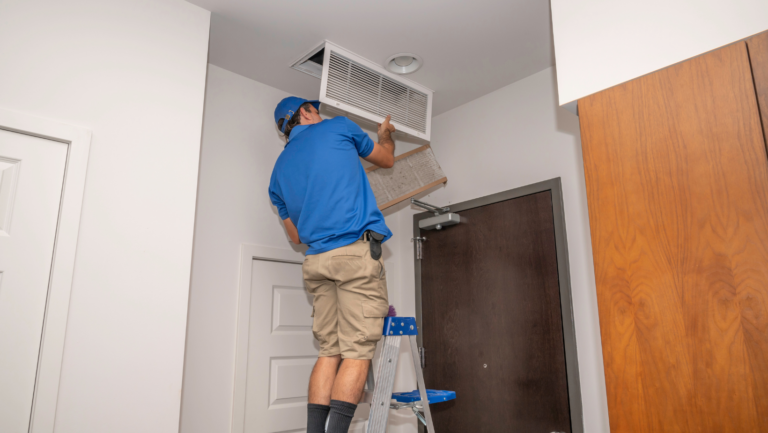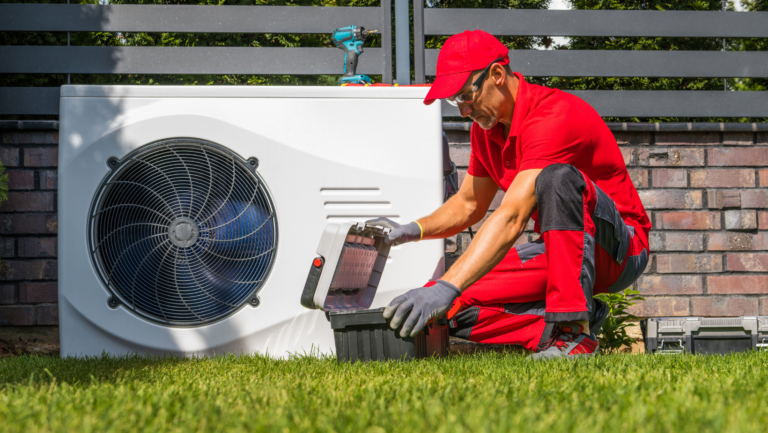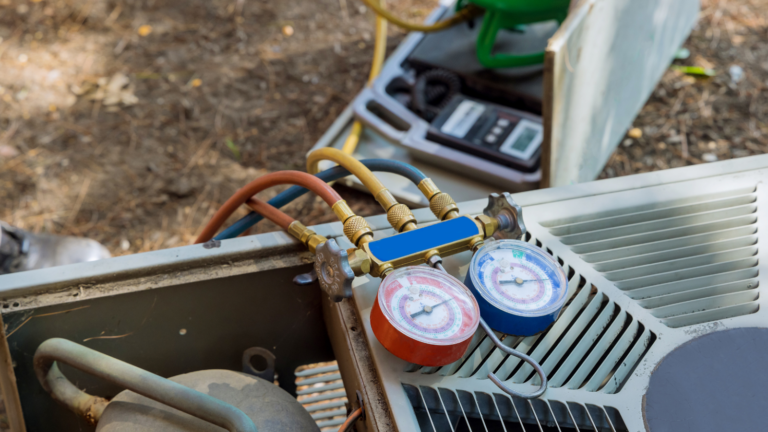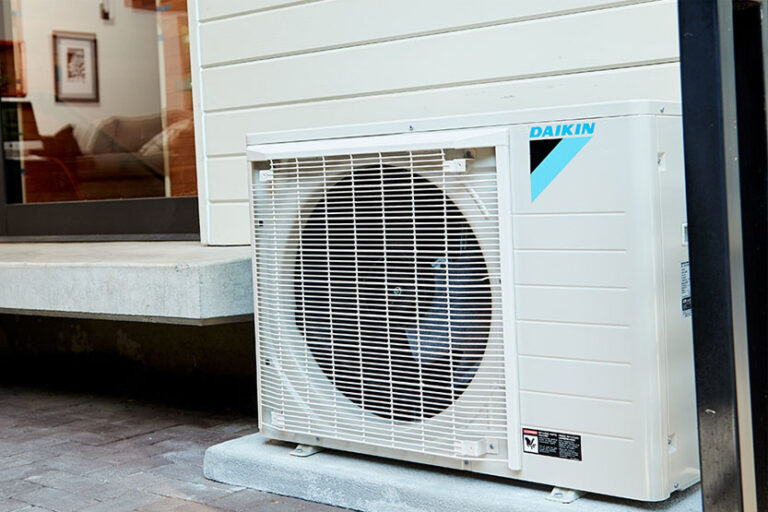How to Stop Water Leaks from Your HVAC System
Water leaks from your HVAC system usually start at the evaporator coil, where moisture collects during cooling. If the drainage system gets blocked, that water has nowhere to go, and that’s when leaks happen.
To stop the problem, you need to focus on the parts of the system where clogs, cracks, or failures are most likely. Here’s how to get started.
SPEAK TO A QUALIFIED TECHNICIAN
How to Stop Water Leaks From Your HVAC System
1. Unclogging the Drain Line
To fix a clogged HVAC line, you should begin by locating the drain outlet, which is typically near the outdoor unit. Use a vacuum, compressed air, or a stiff wire to remove any blockages.
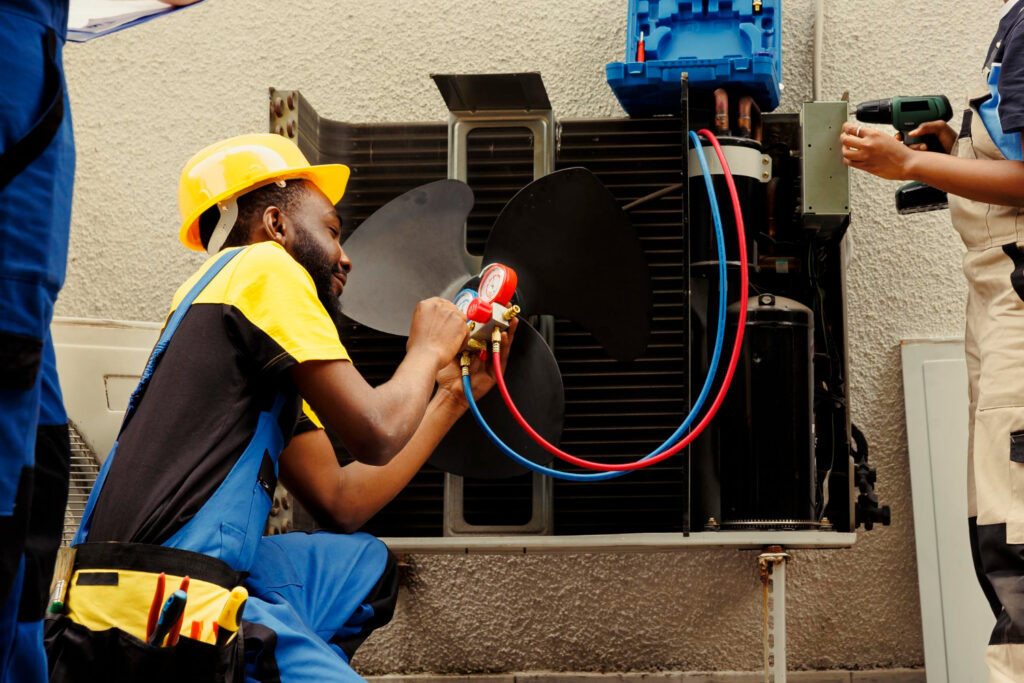
Once you clear it, flush the line with vinegar and water solution, which eliminates residue and prevents future clogs.
2. Replacing or Cleaning the Air Filter
Selecting the right filter type for your HVAC system is crucial to ensure it works smoothly. To do this, you have to both consider the characteristics of the filter and its MERV rating (Minimum Efficiency Reporting Value).
Higher ratings offer better filtration but may restrict airflow, so it’s important to balance efficiency and system compatibility. You also have to regularly change the filters (every one to three months) since this is crucial to ensure proper airflow, prevent system strain, and reduce the risks caused by frozen coils.
3. Inspecting and Thawing Frozen Evaporator Coils
You can identify a frozen evaporator coil by visible ice buildup or if the system’s cooling efficiency is reduced. If you suspect a frozen coil, you should turn the system off and allow it to naturally thaw.
While waiting, place towels around the unit to catch melting water. Once thawed, you must address the underlying cause, which could be a restricted airflow due to a dirty filter, low refrigerant levels, etc. All of these problems require professional attention.
Speak To A Qualified Technician
4. Inspecting and Repairing the Drain Pan
Checking the drain pan requires identifying cracks, rust or damage that could cause leaks. If you find any standing water, carefully empty it to prevent overflow.
When it comes to minor cracks, you need to do temporary fixes such as sealants. However, permanent repairs are necessary for long-lasting results. For this, you’ll need to contact professionals who regularly inspect and maintain the drain pan.
5. Condensate Pump Checks
To ensure your condensate pump is working properly, you need to test it: start by pouring water into the reservoir and check if it’s correctly activating the drains. If the pump is dirty, thoroughly clean it to remove debris or buildup that might hinder performance.
Say that the pump is broken instead. In that case, you’ll have to replace it with a new one to prevent water leaks and maintain efficient drainage.
Common Causes of HVAC Leaks and Drips
1. Condensation Issue
A clogged drain line (often due to debris accumulation or algae growth) can prevent water drainage, which will lead to overflow and potential damage.
Other issues include a broken condensate pump, which fails to efficiently remove water, disconnection or damage to the drain line.
2. Component Failures
A leaky HVAC drain pan, whether to rust, cracks or overflow, can lead to important water damage. Regularly inspecting the system and replacing pans as needed will help you prevent this problem.
Frozen coils can also be a huge issue, which often happens due to airflow restriction or low refrigerant. As ice melts, it will overwhelm the system, leading to both leaks and potential water damage.
Speak To A Qualified Technician
3. System Issues
Low refrigerant levels will impact the coil temperature and condensation since they cause the coil to become excessively cold, risking potential freezing. This can result in water overflow during thawing, causing inefficiency and leaks.
Another common issue is encountering condensation in the air ducts due to air leaks and poor insulation. This can potentially lead to water damage and mold growth in the affected areas.
4. Airflow Restrictions
Clogged air systems are a common cause for airflow restrictions in HVAC systems. The filter reduces the amount of air that goes through it when it becomes dirty, causing the coil to potentially freeze since it gets too cold.
As the frozen coil thaws, it can potentially overwhelm the drainage system and cause leaks. Regularly replacing or cleaning the filter will help prevent this issue.
How to Identify the Source of the Leak in Your HVAC System
To identify the source of an HVAC leak, you have to start with a visual inspection.
- Start with a visual inspection of the HVAC unit.
- Look for water pooling around the indoor unit or nearby.
- Inspect the drain line and drain pan for clogs, overflow, or damage.
- Check the evaporator coil for ice buildup (could indicate a serious issue).
- Look for water stains near ductwork to check for duct condensation.
- Feel around vents for dampness.
- Watch for visible water dripping from ducts or vents.
Speak To A Qualified Technician
Preventive Measures: Keeping Your HVAC System Leak-Free
Stop leaks before they start with a few focused steps. Schedule annual professional inspections to check the drain line, pan, and refrigerant levels. In between visits, clean or replace your air filter every 1–3 months to keep airflow steady and prevent coil freeze-ups.
Inspect ductwork in attics or crawl spaces. Seal leaks and add insulation to avoid condensation buildup. Test your condensate pump regularly—pour in water and make sure it activates. Clean it if it’s dirty; replace it if it fails.
Avoid overworking your system. Use moderate thermostat settings and keep vents clear. These small steps can prevent major leaks and save you from costly repairs.
When to Call a Professional HVAC Technician
You may be able to fix some minor HVAC system issues through DIY methods. Nonetheless, complex problems require the help of a technician. You should call a professional if you encounter any of the following:
- Refrigerant leaks
- Low refrigerant levels
- Complex electrical problems
- Mold
- Mechanical issues
- Water damage
- Frozen coils that won’t stop freezing
